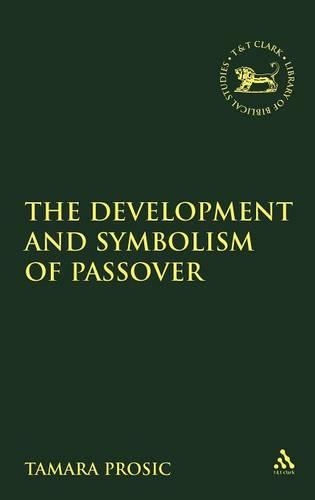
The Development and Symbolism of Passover
(Hardback)
Publishing Details
The Development and Symbolism of Passover
By (Author) Tamara Prosic
Bloomsbury Publishing PLC
T.& T.Clark Ltd
28th November 2004
United Kingdom
Classifications
Tertiary Education
Non Fiction
Worship, rites, ceremonies and rituals
296.437
Physical Properties
Hardback
156
Width 156mm, Height 234mm
399g
Description
Tamara Prosic gives a new explanation of the origins, development and symbolism of Passover. First, she examines Passover from the diachronic perspective, tracing its development from the period before the centralisation of the cult until the second destruction of the temple. Issues with previous scholarship are considered, while at the same time she places the study of Passover within the framework of the new paradigm of historical studies of ancient Israel that advocates the indigenous Canaanitic origin of Israelites. The second part of the book is synchronic in its approach to Passover and deals with its symbolism. Prosic discusses Passover in biblical legends arguing that the pre-Yahwistic Passover was essentially a rite of passage. From there the investigation moves to symbolic elements of Passover such as time symbolism, space symbolism and symbolism of the sacrifice. This is volume 414 in the Journal for the Study of the Old Testament Supplement series.
Reviews
Review ~ International Review of Biblical Studies, vol 51, 2004/05
' Tamara Prosic, whose University if Melbourne PhD dissertation is the basis for this book, agrees with Segal in asserting the essential unity of the festival against those who maintain its dual origin. It was the centralization of the cult that led to 'a distrubacen of the festival's spatial organization and coherence'. Builiding on this unitary view of the festival's origin, and adopting a structualist reading of the relevant texts, the author explores the symbolic meaning of this ancient festival that is still so much alive in contemporary Judaism and Christianity.' -- Nicholas De Lange * Expository Times *
Author Bio
Tamara Prosic received her MA from the University of Melbourne and is currently working on her PhD at the same university.
